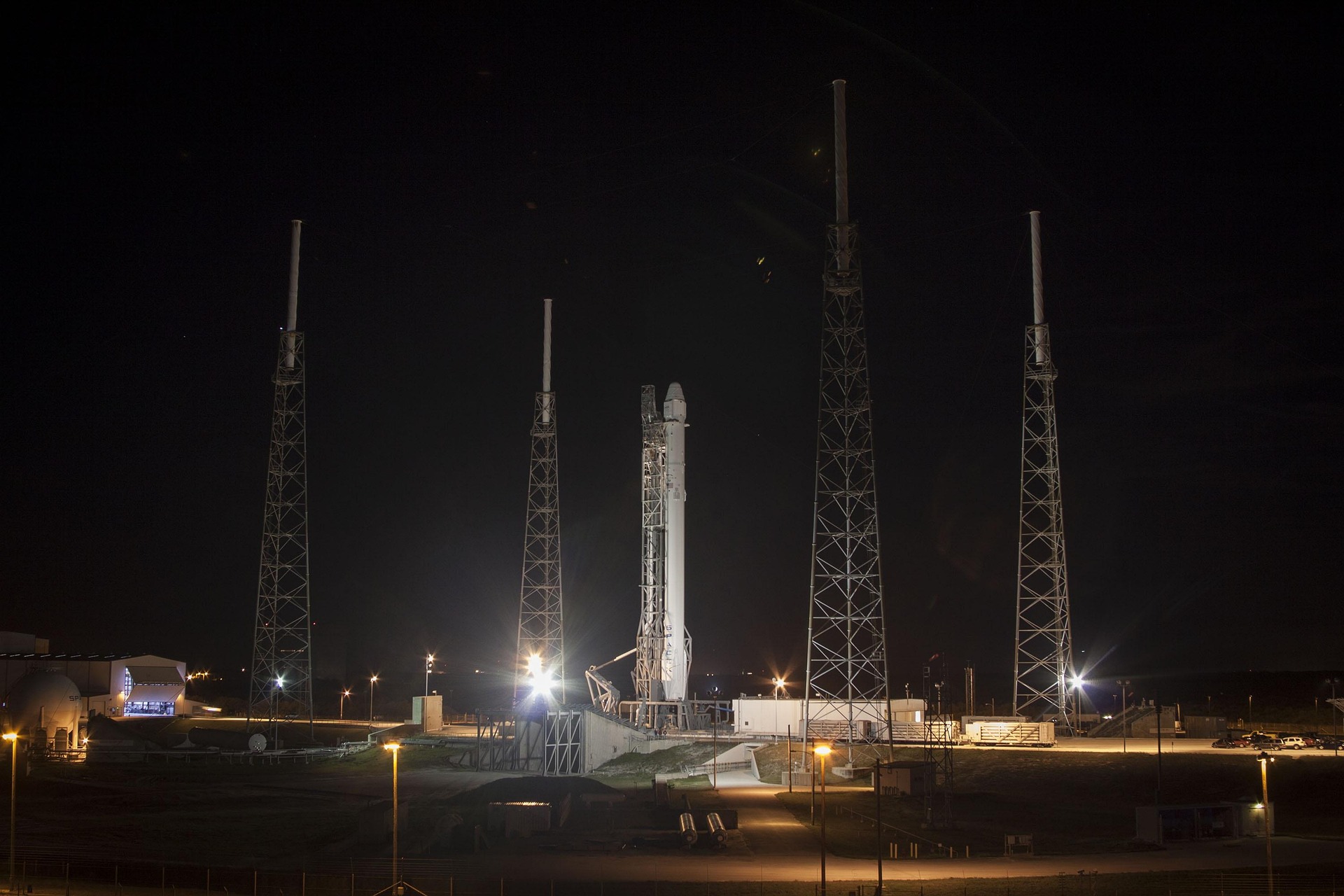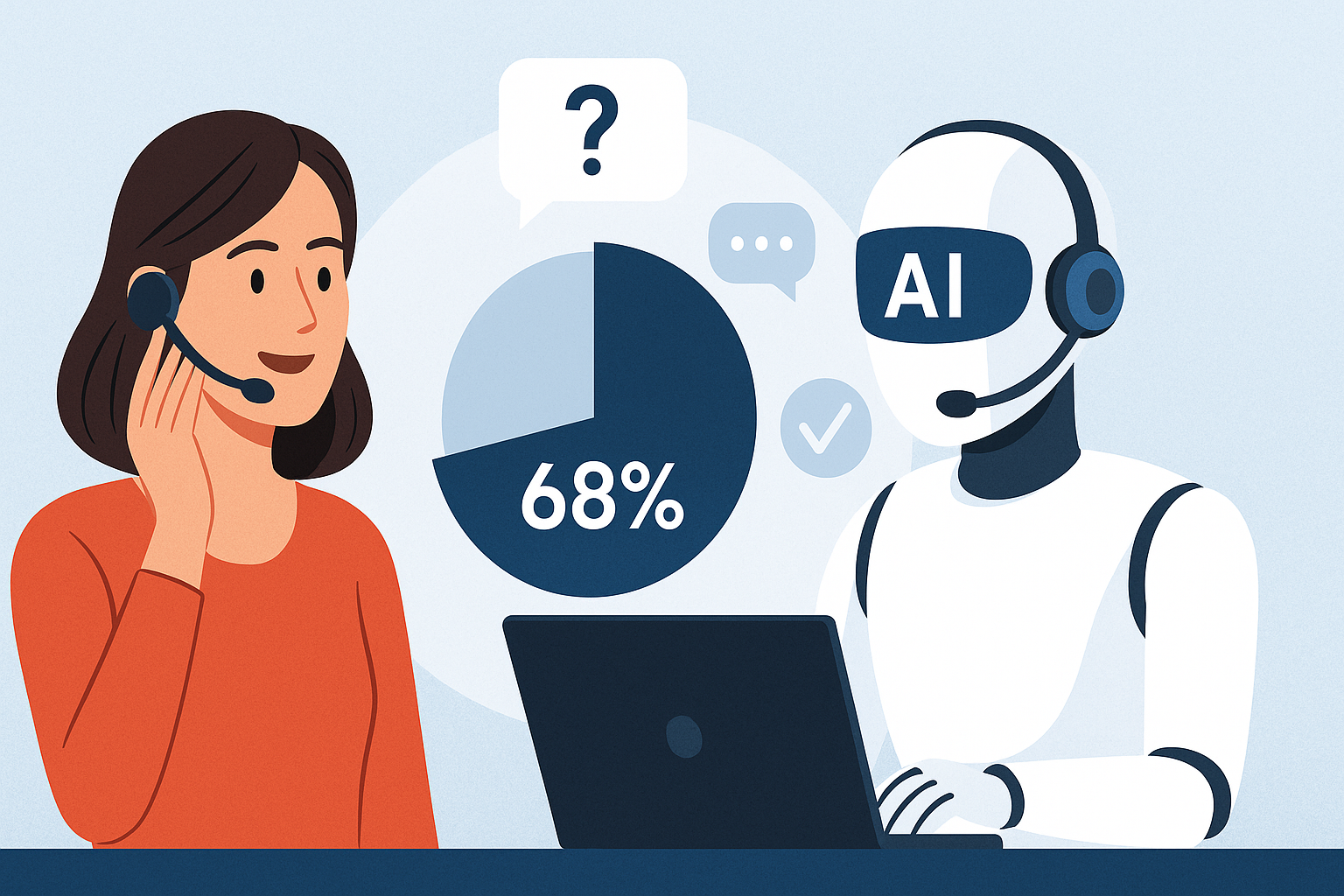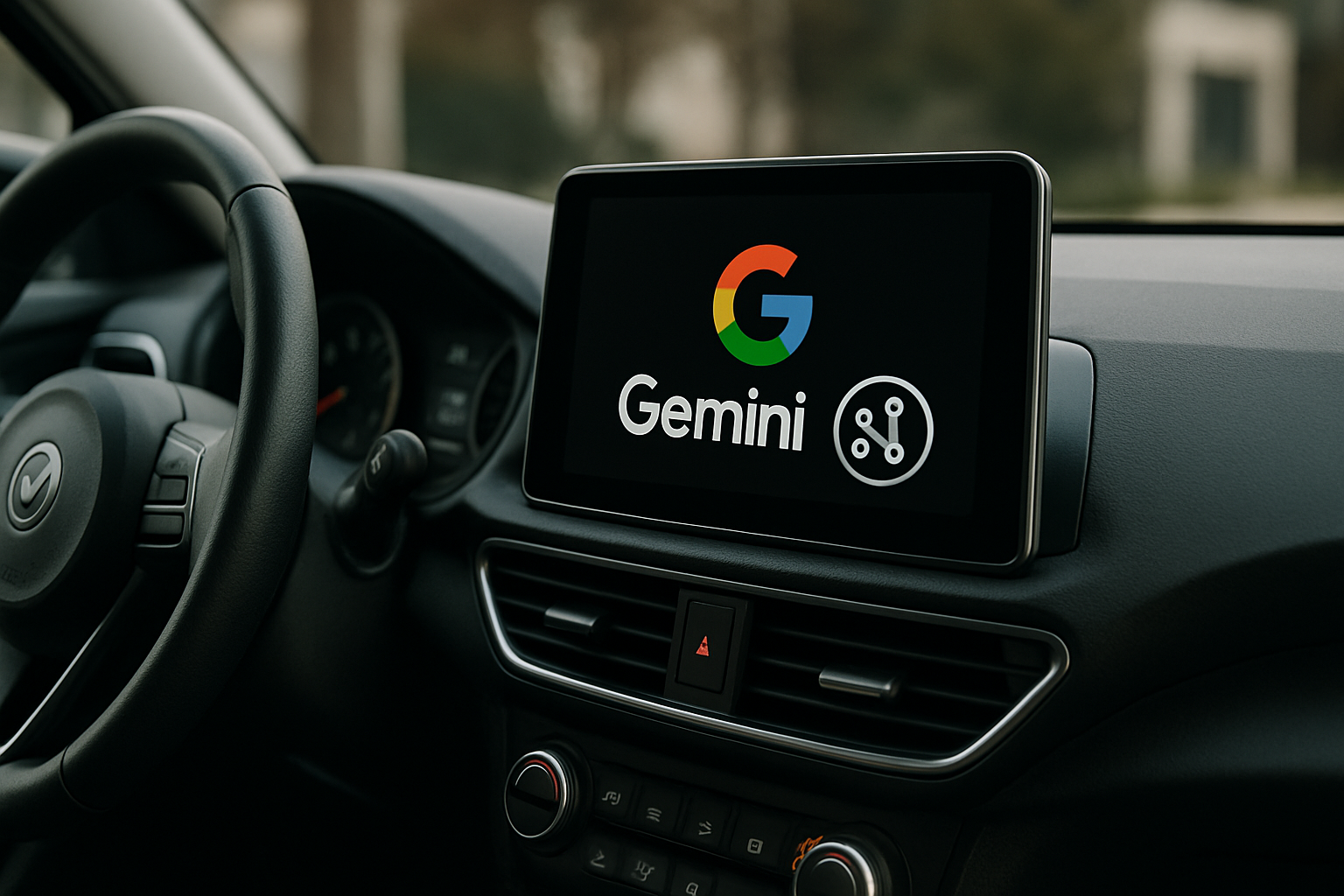Artificial intelligence is reshaping astrobiology, and a new system called AstroAgents is taking a bold step forward in the hunt for life beyond Earth. Developed by a team of researchers, AstroAgents is designed to autonomously generate scientific hypotheses from complex datasets, specifically focusing on mass spectrometry data obtained from meteorites and terrestrial samples. Its mission: to identify potential biosignatures and piece together clues about the origins of life in the universe.
A team of agents designed for scientific thinking
AstroAgents is not a single AI model, but a multi-agent system composed of eight specialized agents. Each agent performs a distinct role in the scientific process:
- A data analyst interprets raw mass spectrometry data
- A planner assigns tasks
- Three domain experts evaluate and process data within the context of astrobiology
- A literature reviewer cross-references findings with existing scientific knowledge
- An accumulator gathers and consolidates outputs
- A critic assesses the coherence and plausibility of the final hypotheses
In a recent experiment, AstroAgents analyzed samples from eight meteorites and ten soil sites on Earth. It generated more than 100 hypotheses based on this analysis. When a panel of experts reviewed the results, 36% of the hypotheses were deemed plausible, and two-thirds of those were entirely novel—showcasing the system’s ability not just to replicate known science, but to suggest new directions for inquiry.
Transforming astrobiology with autonomous hypothesis generation
The implications of AstroAgents are substantial. Scientific discovery traditionally depends on human interpretation of complex datasets, a process that can be time-consuming and limited by cognitive bias or resource constraints. AstroAgents changes the game by automating hypothesis generation, allowing researchers to quickly explore far more potential explanations and patterns than they could manually.
This capability is especially valuable in astrobiology, where the data is messy, ambiguous, and often sparse. The system’s structured approach to analyzing molecular signatures helps narrow down which chemical features might hint at life—either past or present—in extraterrestrial environments.
Part of a larger AI-driven movement in space science
AstroAgents is part of a broader trend of applying AI to space science and exploration. Machine learning models are already being used to analyze telescope imagery, predict exoplanet characteristics, and optimize space missions. What makes AstroAgents unique is its autonomy in the scientific method itself—not just crunching numbers, but reasoning through scientific evidence in a collaborative, multi-agent framework.
Looking forward: AI and the future of cosmic discovery
As the search for life continues, tools like AstroAgents could become essential companions to human scientists. By bridging raw data and conceptual insight, these systems are poised to expand what we can learn from both Earth-bound and spaceborne observations. In a field where uncertainty is the norm and the questions are profound, combining AI-driven analysis with human judgment could be key to unraveling one of humanity’s oldest mysteries: are we alone in the universe?





